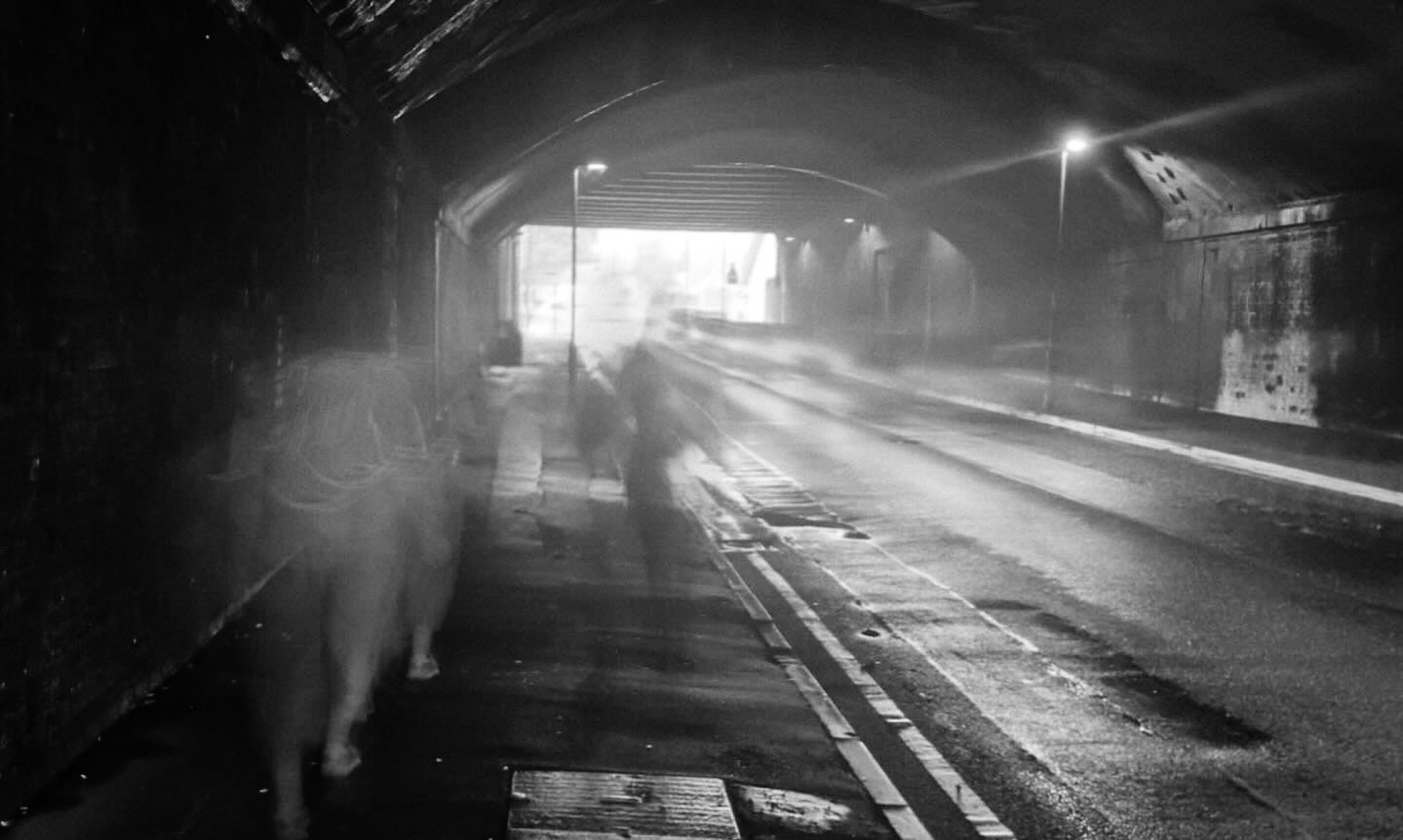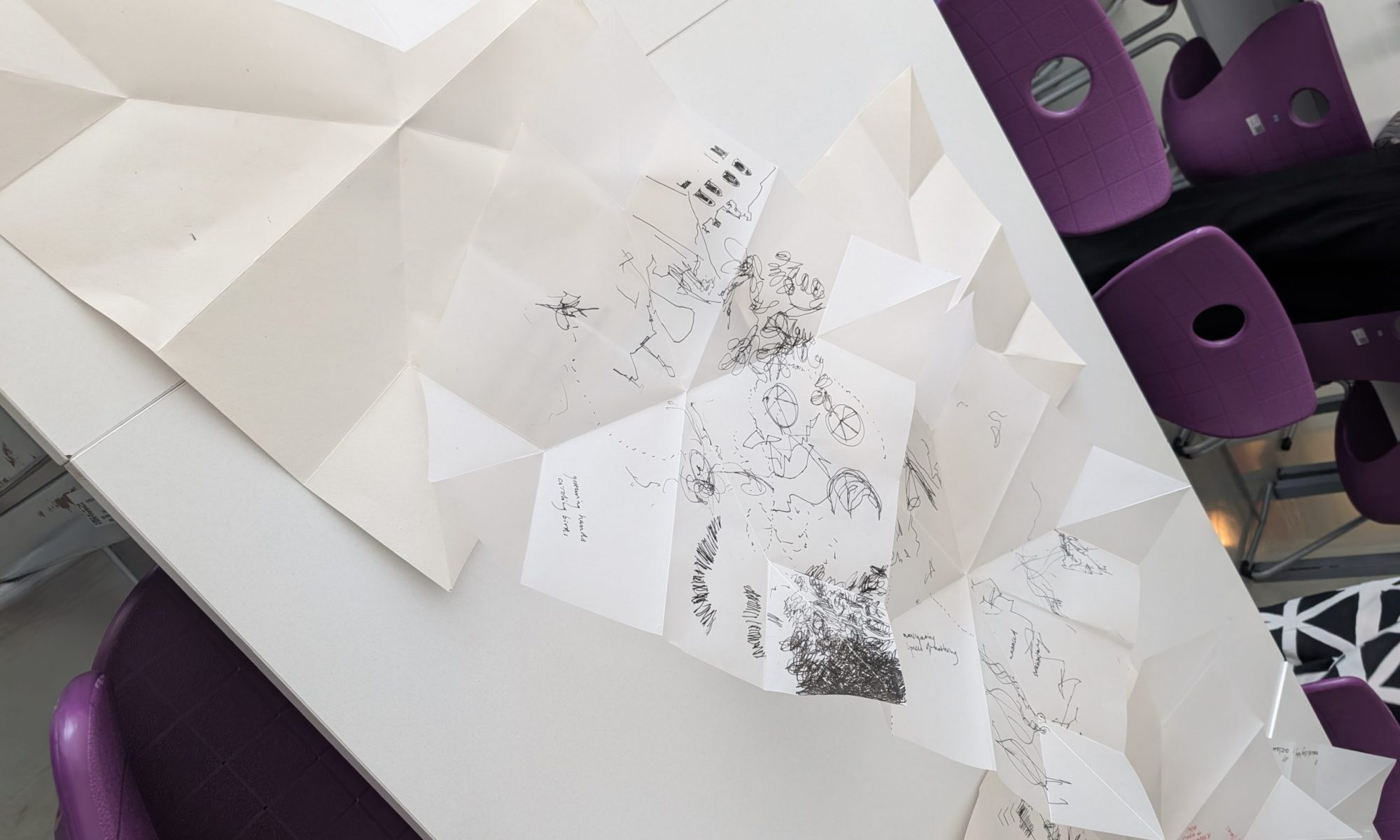In June, I had the opportunity to travel to Bahçeşehir University, Istanbul, to take part in the International Visual Methods Conference 9, Visual Bridges: Connecting Perspectives. A conference specifically exploring visual research methods within the social sciences. Hosted at the heart of this expansive, multi-layered city, the event brought together scholars, artists, and practitioners who are each, in their own way, seeking to visualise the complexities of place, identity, and sensory experience.
Presenting My Research: The Power of Visual Methodologies
I was lucky enough to be invited to present my (still developing) methodology chapter which is central to my doctoral research. Through my presentation I explored the importance of employing visual methods with autistic women, facilitating language routed in movement.
Creative methods, specifically drawing, photography, and filmmaking, offer significant value, as they promote exploration rather than explanation. These approaches enable the expression of embodied and sensory knowledge, which is often overlooked in conventional research practice. I spoke about stratified drawing and layered cartographies as methodological tools that allow participants to express and reflect on their experiences beyond verbal or textual narration. I believe these methods are particularly effective when employed in sites that invite opportunities for active engagement.
It was energising to share my approach with an audience who not only understood the value of visual knowledge, but who are also actively pushing its boundaries. What stood out most was how the room resonated with the idea that creative methods are not just illustrative, but investigative, a way of thinking, noticing, and being in the world.
Read more: “Visual Bridges: Connecting Perspectives” / “Görsel Köprüler: Perspektifleri Birleştirmek”Co-Running a Walking Workshop: Reframing the City with Sarah Hall
One of the highlights of the trip was co-leading a walking workshop with movement researcher Sarah Hall. Our workshop invited participants to use walking as a mode of inquiry, drawing attention to surface textures, sites of dwelling, sounds, and movement patterns across the city. We asked: How does the walkable city feel? Where does it shift? Who is included, how, and where?
Participants were encouraged to create mark-making responses on transparent overlays, mapping what was felt as much as what was seen. Working alongside Sarah was an absolute pleasure, her attention to spatial shifts and sensitivity to urban atmospheres dovetailed beautifully with my own interests in sensory perception and access. Together, we crafted a session that was both grounded and open-ended, allowing space for different ways of knowing to emerge. Our workshop participants generated some beautiful drawings that we are looking forward to engaging with in the future.
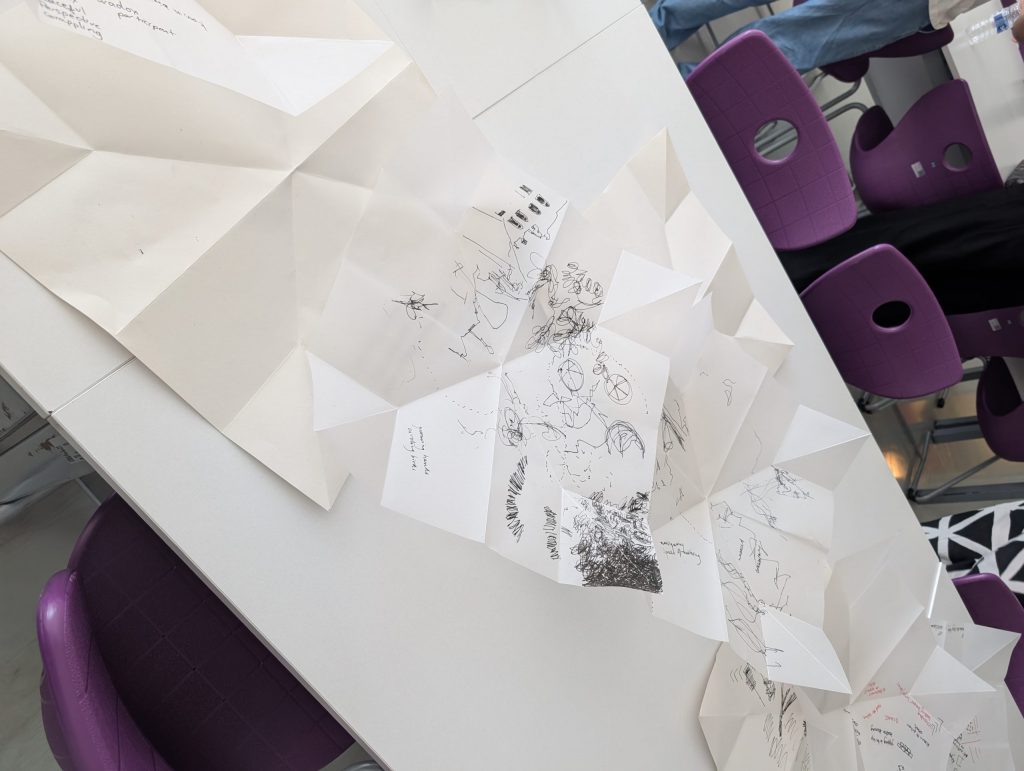
Istanbul
Istanbul is a city that refuses to flatten; it is high definition, full colour and rich with depth. It pulls and pushes with movement and complexity. Its pavements are inconsistent, some wide, others fragmented (yes, I did nearly fall down a slippery cobbled hill); some inviting, others less so. As a researcher whose work is deeply rooted in the ground plane, I found walking here to be an education in itself and I’m looking forward to returning.
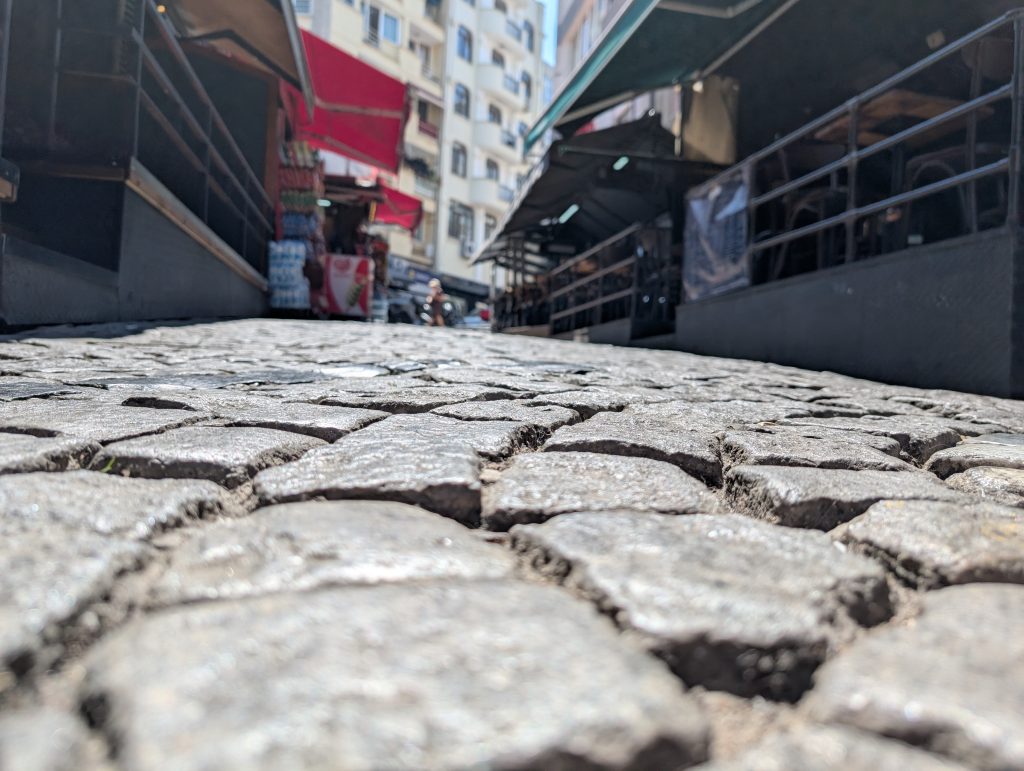
Spending time in the city I began to notice how infrastructural inconsistency doesn’t just affect navigation, it alters perception, rhythm, and orientation. The same street might feel entirely different depending on the time of day, the number of bodies present, or the direction of light. The study of walking within such a complex ecosystem is incredible, there are so many intangible elements, but I think that is part of the allure of understanding. For someone with sensory sensitivities, these shifts can be jarring or enriching, depending on how they are mediated, but, from my experience in presenting at Bahçeşehir University entirely enriching.
Importantly, I came away with a renewed understanding that place-making is not just about form, but about tempo, invitation, and interpretation. Istanbul reminded me that access is dynamic, it exists (or doesn’t) in the moment-to-moment interplay between person and place.
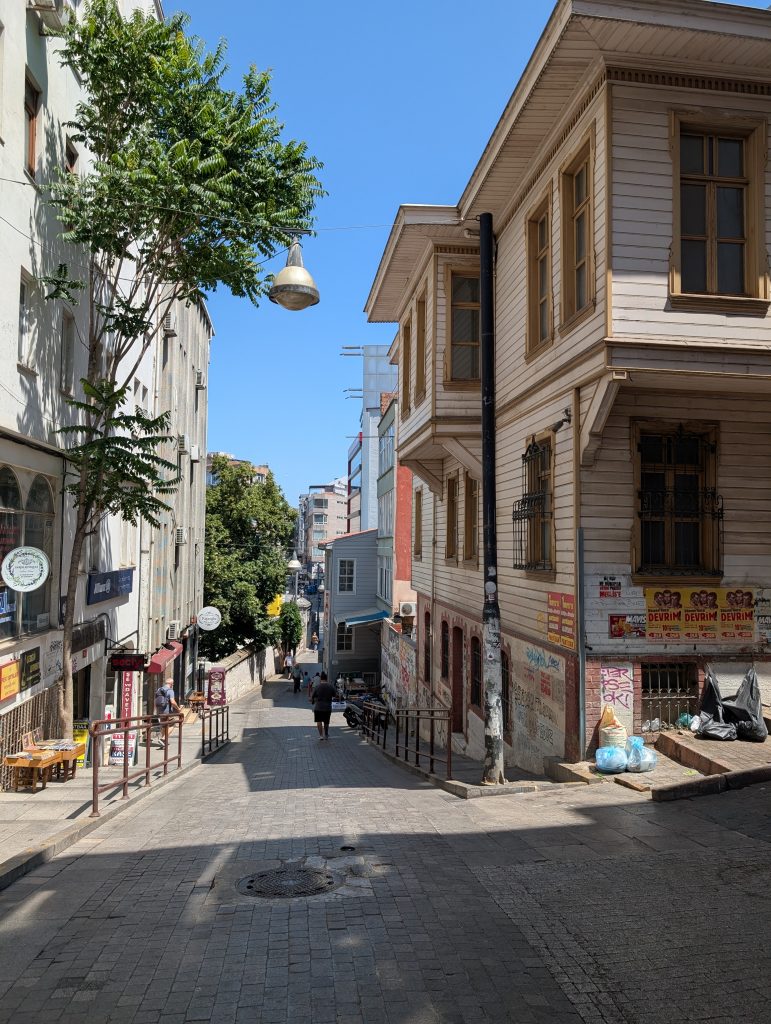
Expanding Practice
This trip offered more than just a professional platform; it deepened my practice and helped me connect with others who are also working at the intersection of method, material, and meaning. I’m grateful to everyone I met, walked with, and learned from. Visual research is not a solitary act; it’s relational, iterative, and always in conversation with place.
This research follows on from my previous conference at the International Conference of City Ambiences, Lisbon. If you’re interested in collaborating, attending future workshops, or exploring visual methods in your own research or teaching, I’d love to hear from you.
As always, a huge thank you to my supervisory team, the University of Reading and SeNSS for supporting my doctoral studies.
